Mini Clubman and Mini 1275GT (1969–1980) Parts 3
 9:09 PM
9:09 PM
 MINI Cooper Cars Blog
, Posted in
1275GT
,
British Leyland
,
Clubman
,
Mini 1275GT
,
Mini Cars
,
Mini Classic Cars
,
Mini Clubman
,
Mini Clubman 1275GT
,
Mini Clubman and 1275GT
,
Mini Cooper
,
Mini Cooper Cars
,
Mini Cooper Classsic Cars
,
1 Comment
MINI Cooper Cars Blog
, Posted in
1275GT
,
British Leyland
,
Clubman
,
Mini 1275GT
,
Mini Cars
,
Mini Classic Cars
,
Mini Clubman
,
Mini Clubman 1275GT
,
Mini Clubman and 1275GT
,
Mini Cooper
,
Mini Cooper Cars
,
Mini Cooper Classsic Cars
,
1 Comment
MINI Cooper
Mini Clubman and Mini 1275GT (1969–1980) Parts 3
Classic MINI Cooper Cars
MINI Cooper Cars
Throughout the 1970s, British Leyland continued to produce the classic 1959 "round-front" design, alongside the newer Mini Clubman and Mini 1275GT models. The long-nose Clubman and 1275GT offered better crash safety, were better equipped, and had vastly better under-bonnet access, but they were more expensive and aerodynamically inferior to the original 1959 design. The Clubman and 1275GT were replaced in 1980 by the new hatchback Austin Metro, while production of the original "round-front" Mini design continued for another 20 years. At the end of Mini Clubman and Mini 1275GT production, 275,583 Clubman saloons, 197,606 Mini Clubman Estates and 110,673 Mini 1275GTs had been made.
related : Mini Clubman And Mini 1275GT ~ MINI Cooper Parts 1 And Parts 2




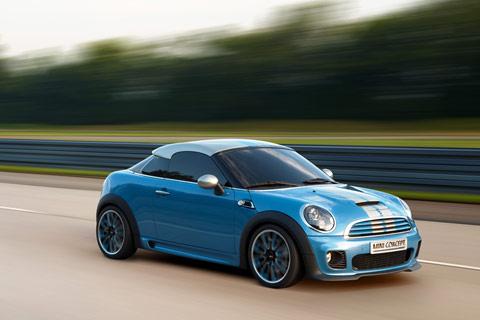
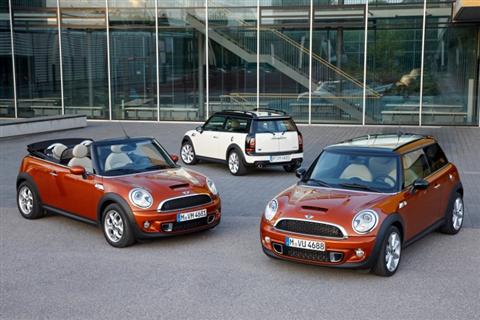
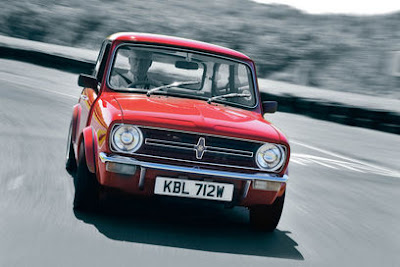
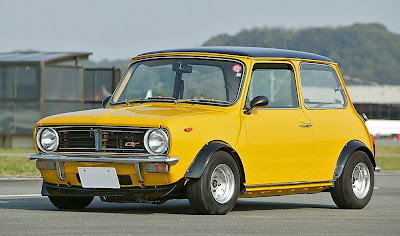




















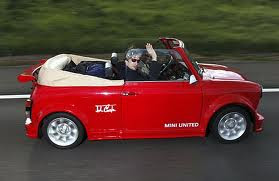




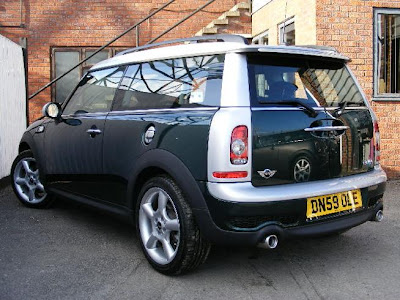

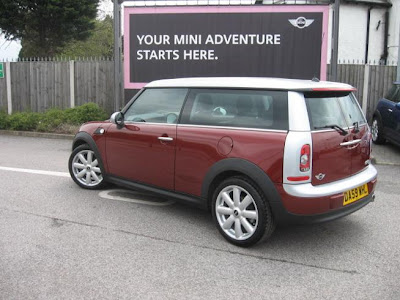





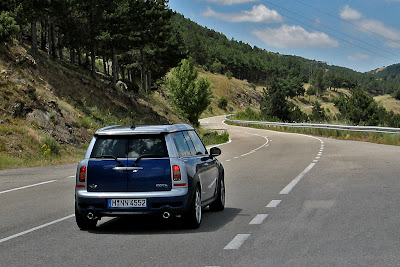










.JPG)











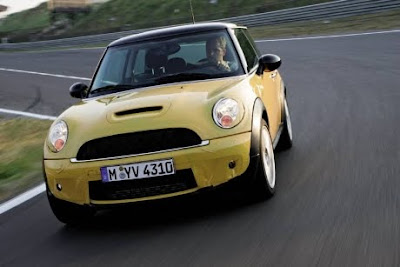



.JPG)











